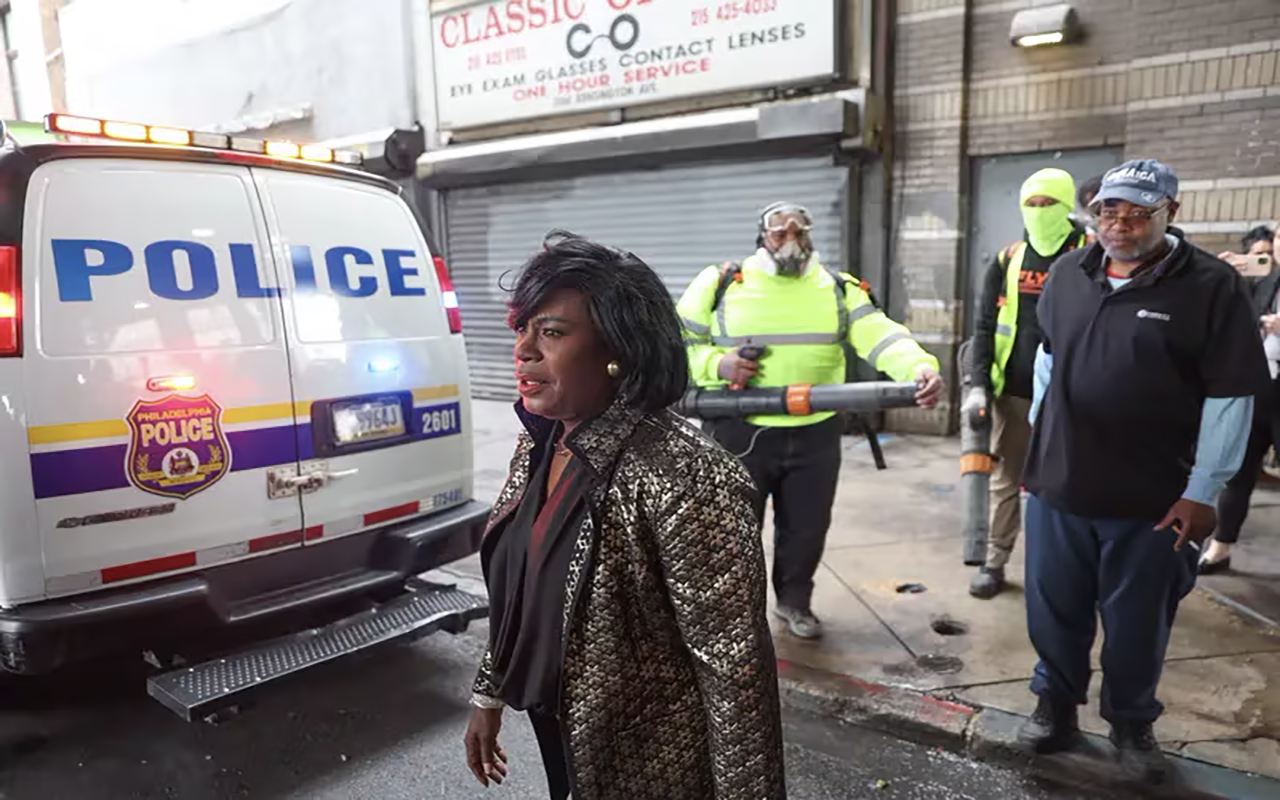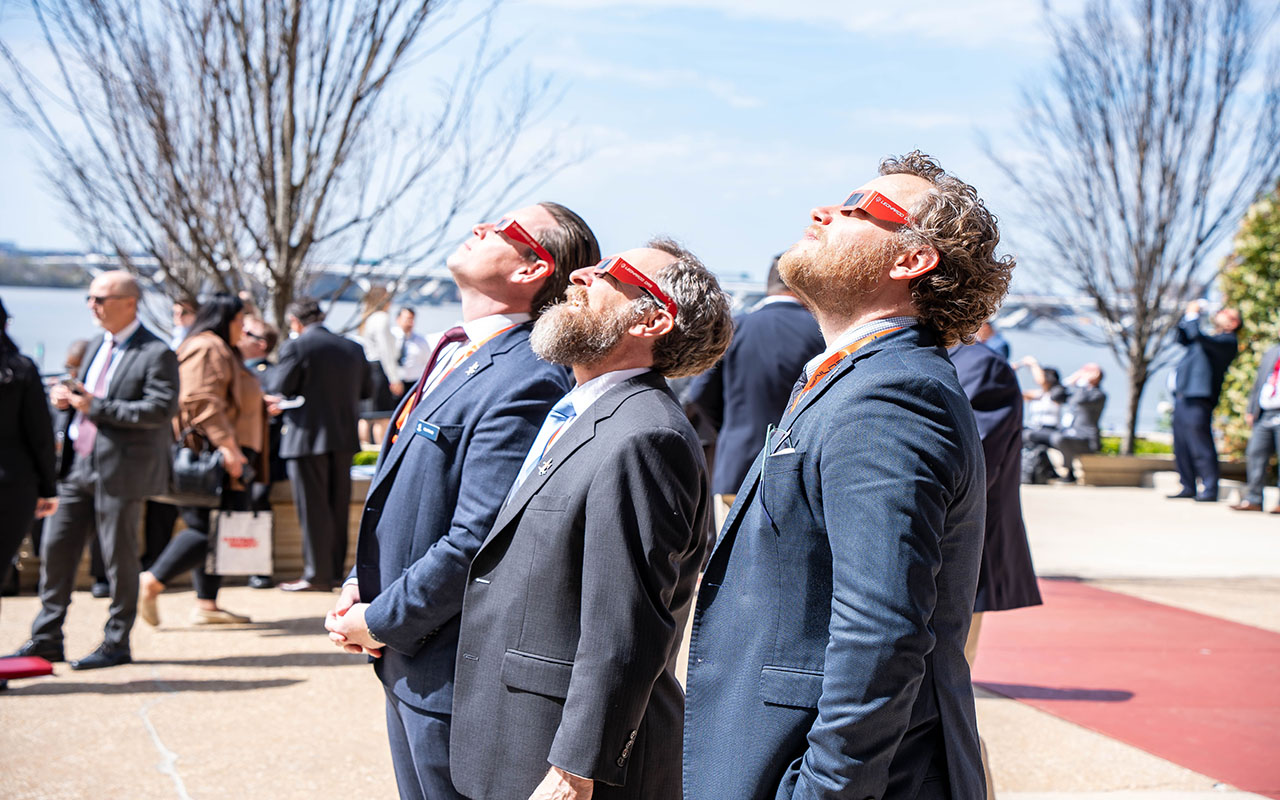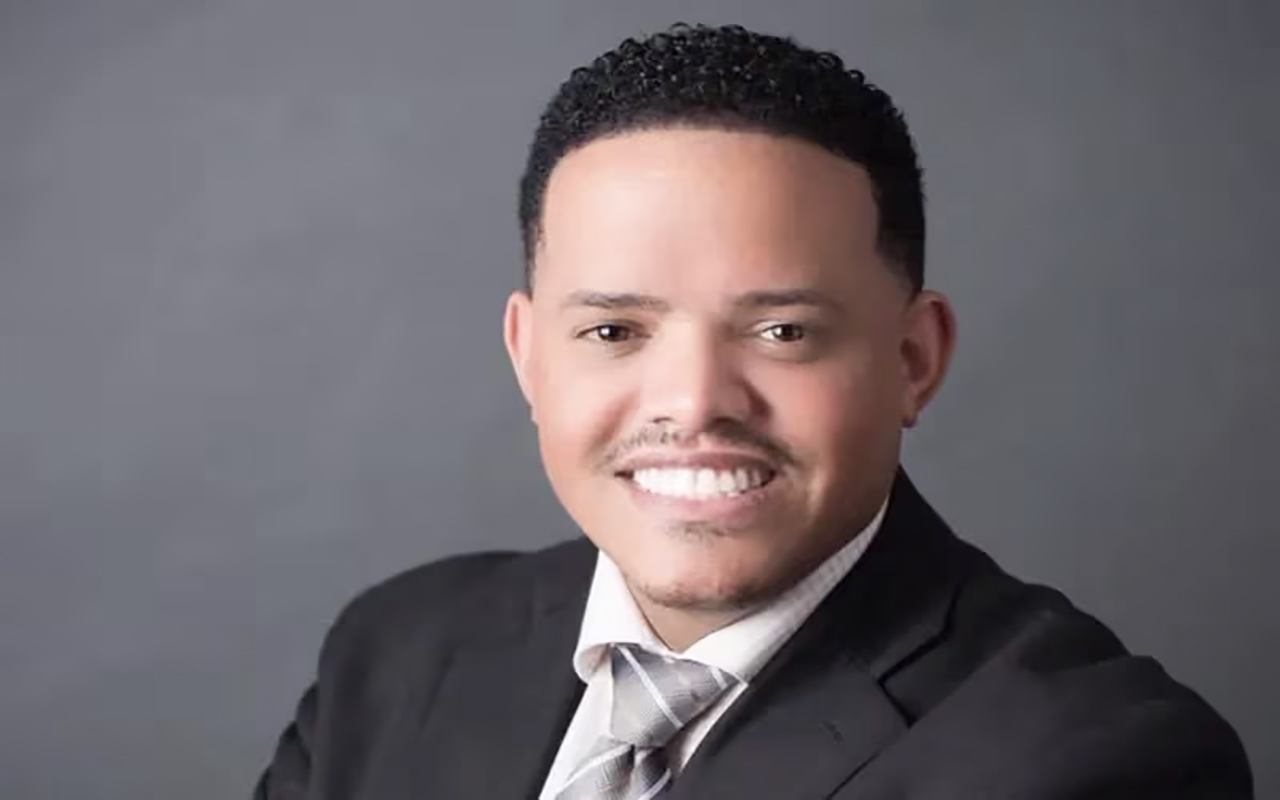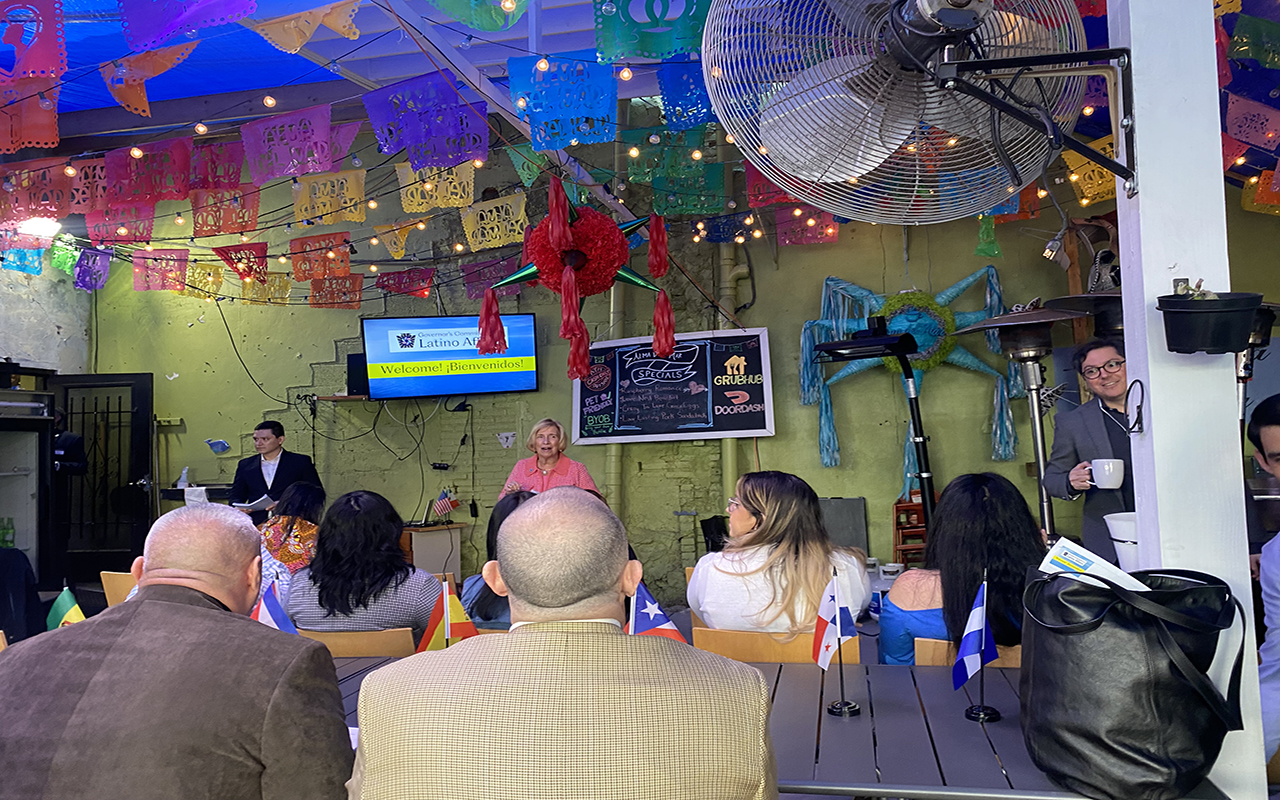
Dear Philly media, a message from the Pope on understanding his words
A Vatican insider's advice for reporting on "the phenomenon of Pope Francis" in the U.S.
Catholics coming to these shores have not all been met with the hospitality shown to Pope Francis’ upon his arrival in Washington D.C., nor the gracious fervor that he will similarly receive in New York City and Philadelphia in the coming days.
Anti-Catholicism has deep roots here in the U.S. In the mid-19th century, Catholics migrating from the states were routinely suspect. There was a wild theory that they had been sent from Rome to populate the U.S. and eventually implant the Pope in the White House. Fast forward 100 years, the U.S. elects its first and only Catholic president — but not without heavy resistance. Protestant leaders waged a smear campaign against John F. Kennedy’s faith. Their message was that, with his candidacy, “our culture is at stake.” The conspiratorial tradition was revisited. People came to fear that Kennedy would be a Vatican puppet in the nation’s capital. Indeed, the anxiety grew so pervasive that, on the campaign trail, Kennedy would have to distance himself from Catholic leaders, and even publicly address the issue, lest it obscure discussion of the nation’s more pressing problems at the dawn of the 1960s.
Of course, one wouldn’t know this history just by watching the televised coverage of Pope Francis’ parading down Washington Mall. Here, praise abounds. There’s a giddiness about the Holy Father’s presence that has even permeated the media.
“He doesn’t have feet of clay as so many of our leaders have,” a commentator on MSNBC said of Pope Francis, who stopped to greet children on his way back to the nunciature.
The awe seems to peak at certain moments, like when five-year-old Sophie Cruz hand-delivered a message about immigration to the parading Pontifex. Here is a Catholic in the United States who can, for single moment, suspend even the most polarizing rhetoric while we watch and listen. His messages are reported in plain-speak: “Pope calls for hope, healing” “Pope: We can make a difference”; “Pope: More must be done on climate inequality.” It takes longer than usual for the effect to fade, at which time jabs and stabs come from the pundits.
What we are witnessing right now is very uniquely “the phenomenon that is Pope Francis.”
Rocco Palmo, a South Philly native and eminent chronicler of global Catholicism, has been closely following the Pope on his blog, Whispers in the Loggia. Covering this U.S. tour, Palmo has observed the mainstream media’s coverage with an insider's eye.
In a recent post, he wrote of the anticipated arrival of Francis in the U.S.:
“To be sure, there are any number of ways to cover a papal visit, and no lone approach can completely capture the sensory overload of the experience. Still, when you've watched every day of these last 30 months from a specialist's vantage, two elements of the scene rise to the top: image and message, and with it, the space that exists (or is made to) between them.”
Palmo describes the things that, to him, make up this phenomenon: Francis' inexorable Jesuit roots, his conversion 62 years ago, even the ecclesiastical phrases that have come to define his speech. There’s an attention to historic context in Whispers that would be difficult for the non-specialist reporter to achieve. (This is especially true for those covering the Pope for just two days during his visit to the city, after which, it’s back to the usual beats.) Nonetheless, Palmo gives us some advice straight from the mouth Francis himself.
On a flight out of South America in July, Francis delivered an impromptu message to the traveling media personnel on his plane. His main point? This is how you can best understand what I say.
"Allow me, though no one asked me this, to give you five extra minutes, if they are helpful. In your line of work, the interpretation of a text is very important. A text cannot be interpreted through a single statement. The text as a whole has to be understood. Certain phrases are key for that interpretation but others are said only ‘in passing’ or ‘superficially’. So, one must look at the context as a whole, see the situation, see even the historical context. To see the evolution of a situation or, if we are talking about the past, to interpret an event with the hermeneutic of that time. For instance, the crusades; let us interpret the crusades with a hermeneutic of how they thought then. It is essential to interpret an address, or any text, with an interpretation which is comprehensive and not isolated."
It is a simple message, but an important one. Consider the whole. Perhaps, per Palmo’s suggestion, we should be looking to the Pope’s own life to understand this visit to the U.S. It is through this life — and by proxy, the life of the Church — that we can process the messages he will deliver this week.
“For everything else you'll see over these days to come, folks, just be reminded again: miss these things, and you miss everything,” Palmo writes. “Because without the core of it all, none of the rest could ever possibly make sense.”
If you need a schooling on that life, check out some of the posts from the last few months on Whispers in the Loggia.










LEAVE A COMMENT:
Join the discussion! Leave a comment.